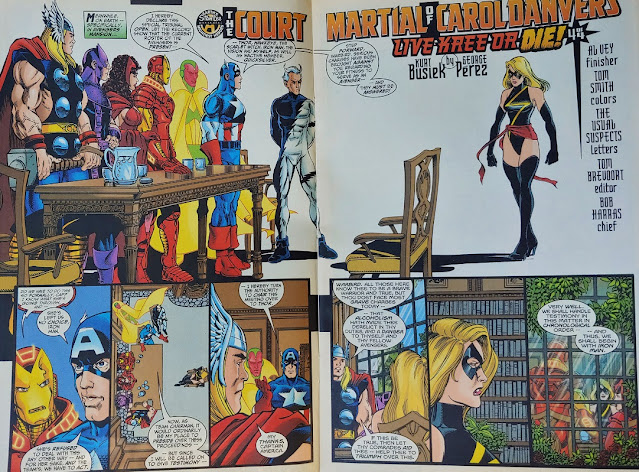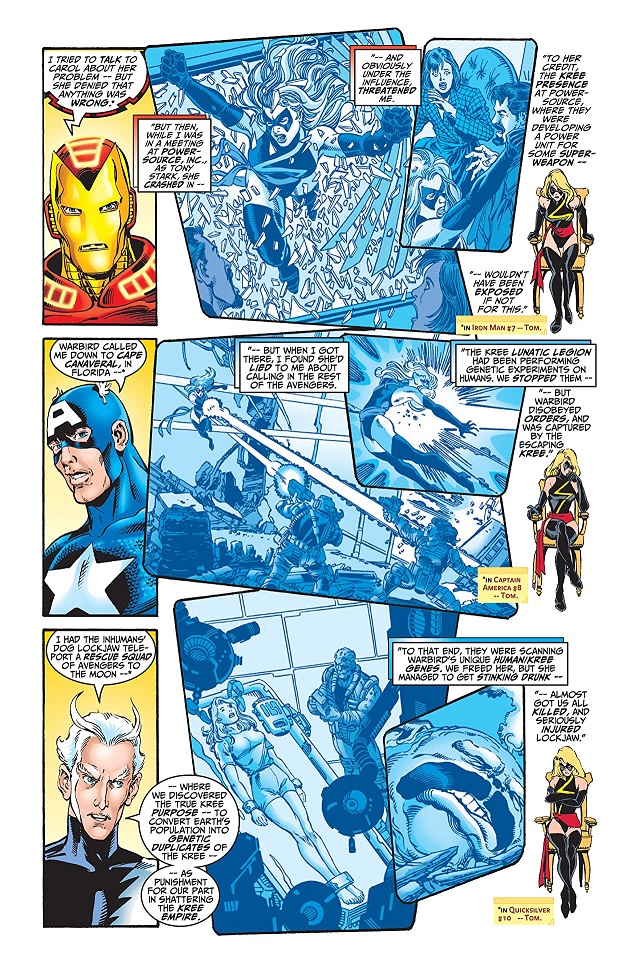In November, instead of focusing on new releases, I saw 4 really interesting movies from over a decade ago. Let's start with Dummy (2008), directed by Matthew Thompson; it is a tragic coming of age story about two brothers who have recently become orphans after their mother passes away. Aaron Taylor-Johnson (Kick-Ass), the older brother, acts in a compulsive and immature way, thinking only about his own gratification. His way of dealing with the loss of his mother is by taking drugs and getting drunk all the time, while having sex with as many girls as possible. The younger brother, Thomas Grant, cannot simply accept that his mother is gone, and uses a dummy, a mannequin, to pretend that the mother is still there in the house. The younger brother cleans the house, cooks the meals and reminds his older brother about his responsibilities, but after the loss of their only parental figure, the two brothers are floating adrift, emotionally lost. At its core, Dummy is a story about loss and how we deal with it, but also about how we always end up hurting the people we love the most. Intense, dramatic but also honest, Dummy is a wonderful independent British film.
Ang Lee’s Brokeback Mountain (2005), based on Annie Proulx’s short story, was a risky move at a time in which Hollywood was still reluctant about having gay men as main characters in a high-profile production. Jake Gyllenhaal (Demolition) and Heath Ledger (Lords of Dogtown) are two cowboys who are in charge of thousands of sheep, in a place called Brokeback Mountain; they live a poor and mundane life, each day as anodyne as the next, until after getting drunk one night, the two young men start fooling around and end up having sex. At first, the struggle to accept their own sexuality is made evident, and even if they try their best to deny their true feelings, to the point of getting married to Michelle Williams (Marilyn) and Anne Hathaway (Interstellar), their homosexuality is the one defining factor that rules over their lives. In a rural and conservative setting, it’s impossible for these two men to live together as a couple, and as the years go by, their relationship starts falling apart. I re-watched Brokeback Mountain after 15 years and the ending still hit me. The final scenes are some of the most heartbreaking, sad and yet realistic moments I’ve ever seen in a movie. A true masterwork by the talented Lee.
In Wah-Wah (2005), Richard E. Grant analyzes the repercussions of British colonialism in Swaziland from the point of view of a privileged British family. Gabriel Byrne (Louder Than Bombs) is the proud patriarch who becomes an alcoholic after his wife cheats on him. Grant manages to explore a difficult subject, alcoholism, without demonizing his characters; after all, this pater familias can be the most charming and inspiring man when he’s sober, but he completely loses control when drunk; this constant back and forth threatens to destroy the new life he’s trying to build next to Emily Watson, but especially the special relationship he always had with his son Nicholas Hoult (Equals), a rebellious teenager who is starting to discover girls and that has no love at all for the politics of the British empire. Wah-Wah balances extremely funny moments with painful and intense sequences.
Frank Pierson’s Conspiracy (2001) is a historical production that revolves around a secret meeting of high ranking Nazi officers and influential figures in which they discuss the problem of the Jews, and in which eventually they come up with the blood-chilling ‘final solution’. The horror is even more tangible since this was a real meeting, and as viewers we’ll be horrified by also surprised by the cold blood, logical thinking and careful planning that goes into this final solution, which is one of history’s most terrible genocides. The protagonists are interpreted by a magnificent selection of mostly British actors, including Kenneth Branagh (Othello), Stanley Tucci (The Company You Keep), Colin Firth (Devil’s Knot) and Tom Hiddleston (Crimson Peak).
________________________________________________________________________________________________________
________________________________________________________________________________________________________
En vez de prestar atención a los estrenos, en noviembre vi 4 películas muy interesantes de hace más de una décade. Empecemos con Dummy (2008), dirigida por Matthew Thompson; esta es una trágica historia sobre la adolescencia y la madurez, que se centra en dos hermanos que recientemente se han quedado huérfanos tras la muerte de su madre. Aaron Taylor-Johnson (Kick-Ass), el hermano mayor, actúa de manera compulsiva e inmadura, pensando solo en su propia gratificación. Su forma de lidiar con la pérdida de su madre es drogándose y emborrachándose todo el tiempo, mientras mantiene relaciones sexuales con tantas chicas como sea posible. El hermano menor, Thomas Grant, simplemente no puede aceptar que su madre ha muerto, y usa un maniquí para fingir que la madre todavía está en la casa. El hermano menor limpia la casa, cocina la comida y le recuerda a su hermano mayor sus responsabilidades, pero tras la pérdida de su figura materna, los dos hermanos están flotando a la deriva, emocionalmente perdidos. En esencia, Dummy es una historia sobre la pérdida y cómo la enfrentamos, pero también sobre cómo siempre terminamos lastimando a las personas que más queremos. Intensa, dramática pero también honesta, Dummy es una maravillosa película británica independiente.
Brokeback Mountain (2005), de Ang Lee, se basa en el cuento de Annie Proulx, y fue un movimiento arriesgado en un momento en el que Hollywood todavía se mostraba reacio a tener gays como personajes principales en una producción de alto perfil. Jake Gyllenhaal (Demolition) y Heath Ledger (Lords of Dogtown) son dos vaqueros que están a cargo de miles de ovejas, en un lugar llamado Brokeback Mountain; viven una vida pobre y mundana, cada día tan anodino como el siguiente, hasta que después de emborracharse una noche, los dos jóvenes se acercan y acaban teniendo sexo. Al principio, la lucha por aceptar su propia sexualidad se hace evidente, e incluso si ellos hacen todo lo posible por negar sus verdaderos sentimientos, hasta el punto de casarse con Michelle Williams y Anne Hathaway, su homosexualidad es el único factor definitorio que gobierna sus vidas. En un entorno rural y conservador, es imposible que estos dos hombres vivan juntos como pareja y, a medida que pasan los años, su relación comienza a desmoronarse. Volví a ver Brokeback Mountain después de 15 años y el final me sigue impactando. Las escenas finales son algunos de los momentos más desgarradores, tristes y realistas que he visto en una película. Una verdadera obra maestra del talentoso Lee.
En Wah-Wah (2005), Richard E. Grant analiza las repercusiones del colonialismo británico en Swazilandia desde el punto de vista de una familia británica privilegiada. Gabriel Byrne (Louder Than Bombs) es el orgulloso patriarca que se convierte en un alcohólico después de que su esposa lo engaña. Grant logra explorar un tema difícil, el alcoholismo, sin demonizar a sus personajes; después de todo, este pater familias puede ser el hombre más encantador e inspirador cuando está sobrio, pero pierde por completo el control cuando está borracho; este constante ir y venir amenaza con destruir la nueva vida que está tratando de construir junto a Emily Watson, pero sobre todo la relación especial que siempre tuvo con su hijo Nicholas Hoult (Equals), un adolescente rebelde que está empezando a descubrir a las chicas y que no tiene ningún aprecio por el imperio británico. Wah-Wah equilibra momentos extremadamente divertidos con secuencias dolorosas e intensas.
Conspiracy (2001), de Frank Pierson, es una producción histórica que gira en torno a una reunión secreta de oficiales nazis de alto rango y figuras influyentes en la que discuten el problema de los judíos, y en la que finalmente llegan a la escalofriante 'solución final'. El horror es aún más tangible ya que esta fue una reunión real, y como espectadores nos horrorizaremos también por la sangre fría, el pensamiento lógico y la planificación cuidadosa que implica esta solución final, que es uno de los genocidios más terribles de la historia. Los protagonistas son interpretados por una magnífica selección de actores, en su mayoría británicos, entre los que se encuentran Kenneth Branagh (Othello), Stanley Tucci (The Company You Keep), Colin Firth (Devil’s Knot) y Tom Hiddleston (Crimson Peak).




















